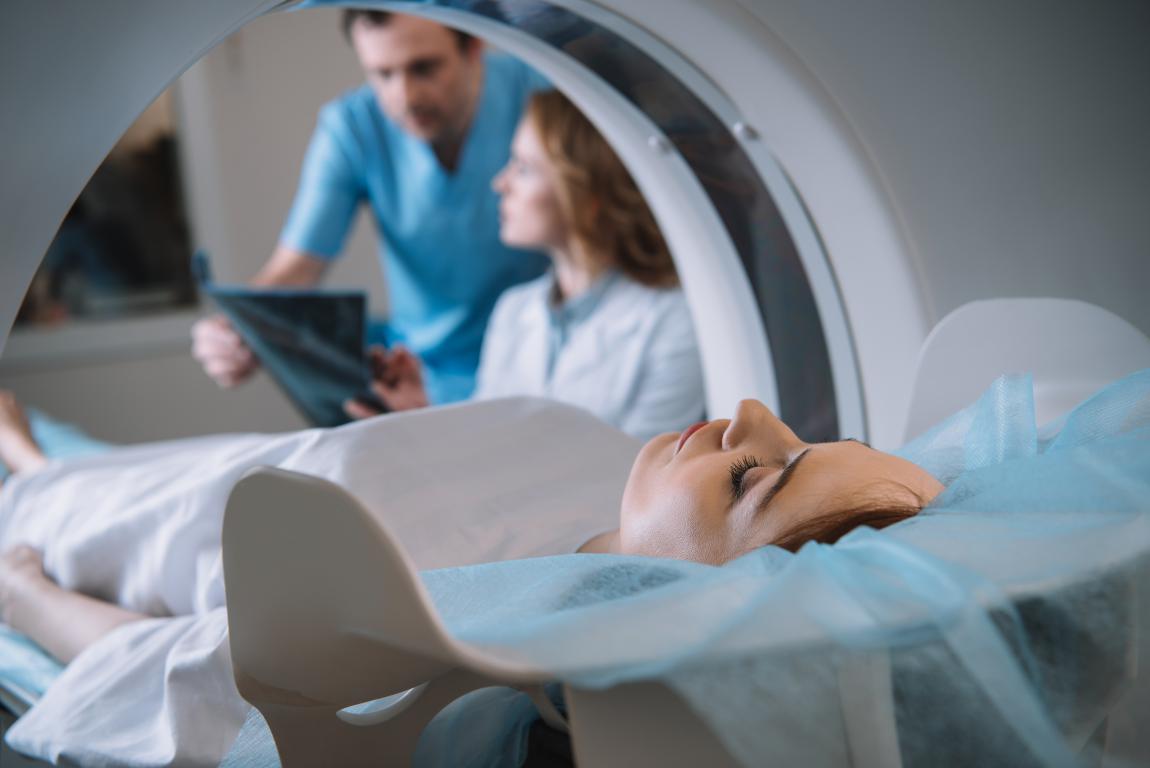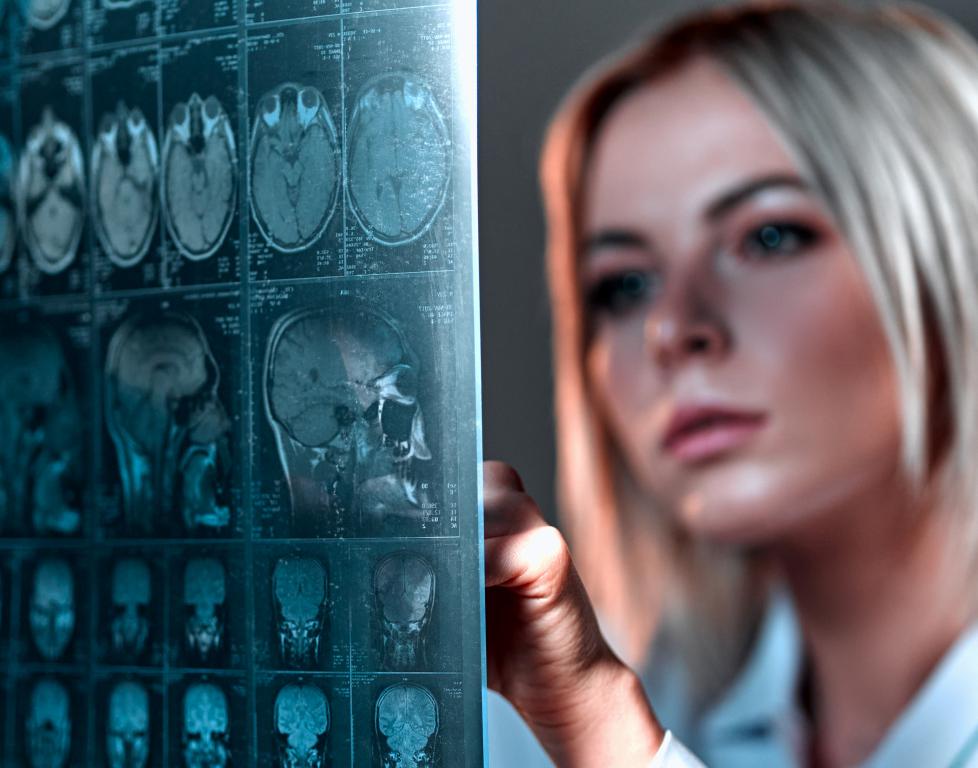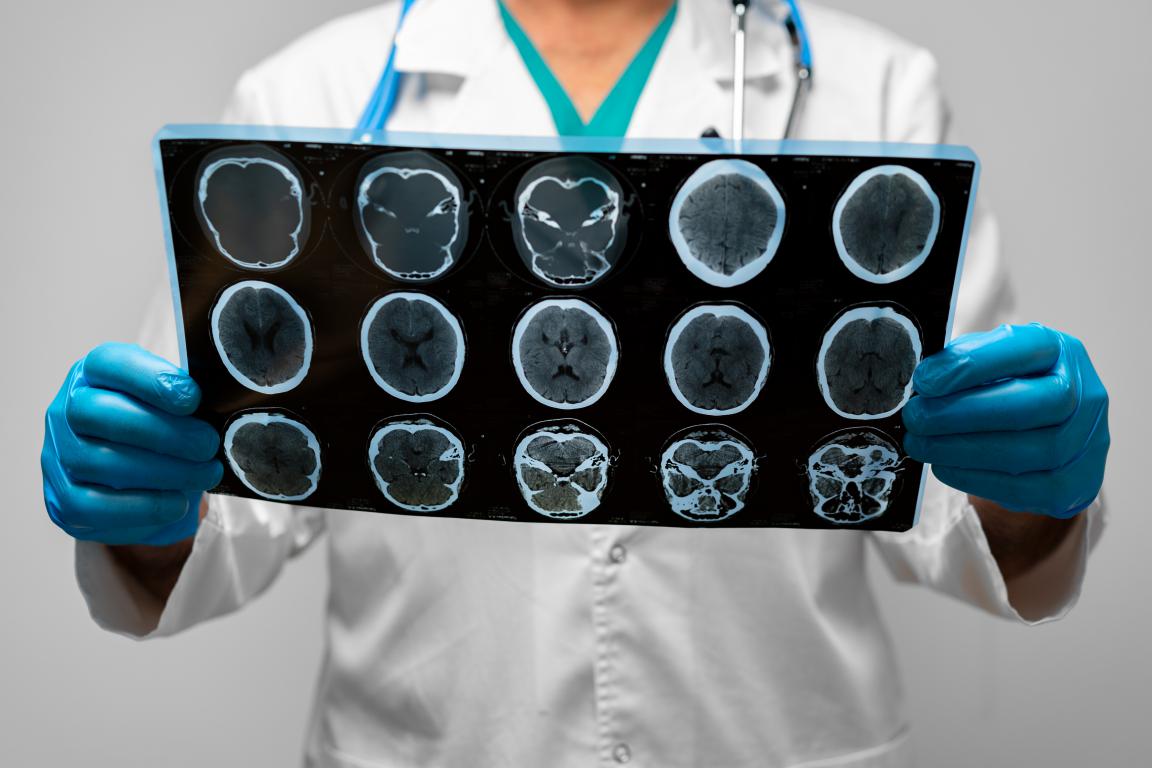Bio-degradable cards
Every card imaginable!
|
Bio-degradable cards Every card imaginable! Decoding Brain Injuries What Are The Differences Between ABI CBI and TBI
Understanding Brain Injuries and Their TypesBrain injuries are complex conditions that affect millions of people every year. These injuries can range from mild to severe and often have long-term consequences for those affected. Understanding the different types of brain injuries is crucial for identifying the right care and support for individuals living with these conditions. Brain injuries are often categorised based on their cause and timing. Acquired Brain Injury (ABI), Congenital Brain Injury (CBI), and Traumatic Brain Injury (TBI) are three distinct types of brain injuries, each with unique characteristics and challenges. While these terms are sometimes misunderstood or used interchangeably, they refer to specific conditions that differ in causes, symptoms, and treatments. This article explores each type of brain injury in detail, helping to clarify the differences and provide insight into how they impact individuals' lives. We will also highlight the importance of carrying a Brain Injury ID Card for safety and communication in emergencies. 
Acquired Brain Injury (ABI)An Acquired Brain Injury, often referred to as ABI, is an umbrella term encompassing any damage to the brain that occurs after birth. Unlike congenital or genetic brain disorders, ABIs are not caused by developmental issues during pregnancy or delivery. Instead, they result from a wide range of causes, which include physical trauma, medical conditions, and external environmental factors. The most common causes of ABIs are stroke, tumours, infections like meningitis, or oxygen deprivation to the brain, known as hypoxia. Non-traumatic ABIs can also result from prolonged substance abuse or exposure to toxins. The nature of the injury often determines the severity and impact on an individual’s daily life. ABIs can manifest in various ways, depending on the area of the brain affected. For instance, damage to the frontal lobe can lead to challenges in decision-making, concentration, and emotional regulation. On the other hand, injuries to the occipital lobe may impair vision. ABIs often cause long-term complications, such as cognitive impairments, emotional instability, and physical disabilities. Rehabilitation for those with ABIs varies widely based on the type and severity of the injury. Treatments may involve physical therapy, occupational therapy, and speech therapy. While some people recover completely, others may require lifelong support. Understanding the cause and scope of an ABI is crucial to creating an effective care plan tailored to the individual's needs. One unique characteristic of ABIs is that they are not always immediately visible. Unlike injuries caused by external trauma, which often have visible signs, ABIs can go unnoticed until symptoms begin to disrupt an individual’s routine. This is why raising awareness of ABIs is essential, ensuring people understand that a brain injury isn’t always something you can see. 
Congenital Brain Injury (CBI)A Congenital Brain Injury, or CBI, is a brain injury that occurs before or during birth. Unlike ABIs or TBIs, these injuries are present from birth and often result from complications during pregnancy or delivery. Conditions such as a lack of oxygen during birth, infections in the mother, or genetic abnormalities can lead to a CBI. CBIs can vary significantly in severity, with some individuals experiencing only minor developmental delays and others living with lifelong disabilities. Common examples of CBIs include cerebral palsy, hydrocephalus, and brain malformations caused by genetic factors. The symptoms of a CBI depend on the extent and location of the brain injury. In many cases, children with a CBI may have difficulties with mobility, speech, learning, or social interaction. Early diagnosis is critical, as intervention during childhood can significantly improve quality of life and long-term outcomes. Treatment for CBIs typically involves a multidisciplinary approach, including physical therapy, occupational therapy, and speech therapy. Medical interventions, such as surgeries or medications, may also be necessary to manage specific symptoms or conditions associated with the injury. Living with a CBI often requires ongoing support from healthcare providers, educators, and family members. Awareness and understanding of CBIs are essential to ensure individuals receive the care and opportunities they need to thrive. 
Traumatic Brain Injury (TBI)Traumatic Brain Injuries, commonly referred to as TBIs, are one of the most widely recognised forms of brain injury. TBIs occur when an external force damages the brain. This can result from a direct impact, such as a blow to the head, or from penetrating injuries, such as those caused by sharp objects or firearms. TBIs are often classified as mild, moderate, or severe. Mild TBIs, like concussions, are temporary and may cause dizziness, headaches, and nausea. Moderate to severe TBIs, however, can result in long-term or even permanent damage. These injuries often lead to significant impairments, including motor skill difficulties, memory loss, and emotional instability. The causes of TBIs are varied but often include road traffic accidents, assaults, falls, and combat injuries. Sports-related injuries are another common cause, particularly in contact sports like rugby and boxing. One of the defining features of a TBI is the immediate onset of symptoms, which can include unconsciousness, confusion, or seizures. Unlike ABIs, where symptoms might take time to develop, TBIs often require immediate medical intervention to minimise the risk of further damage. Rehabilitation for TBIs involves a multidisciplinary approach, including physical, cognitive, and psychological therapies. The road to recovery is often long and requires significant support from healthcare professionals, family, and friends. TBIs are unique in that they can result in secondary injuries. For instance, swelling in the brain following the initial trauma can lead to reduced blood flow, exacerbating the damage. This makes it critical to monitor TBI patients closely, even after the initial injury has been treated. Why Our Brain Injury ID Cards Are EssentialFor anyone living with a brain injury, whether an ABI, CBI, or TBI, communication and safety are paramount. Our Brain Injury Cards are designed to provide quick and clear information about the holder’s condition, ensuring that they receive the right assistance in emergencies. These cards are discreet yet powerful tools. They include essential details such as the holder’s name, emergency contact information, and a brief description of their condition. This information can be life-saving in situations where the cardholder is unable to communicate effectively due to their injury. Made from biodegradable plastic and the size of a credit card, our Brain Injury Cards are easy to carry and environmentally friendly. They fit perfectly in wallets, purses, or phone cases, ensuring they are always accessible when needed. Having one of these cards helps remove the burden of explanation from the individual. It allows them to focus on recovery and daily activities, knowing they have a reliable way to inform others of their condition. For carers and family members, it provides peace of mind, knowing their loved ones have a tool to advocate for their needs when they aren’t present. Visit our website today to explore our full range of Brain Injury Cards and purchase the one that best suits your needs. Don’t wait—ensure your safety and peace of mind with one of our cards.
© 2024 The Card Project Uk Ltd
VAT: 453 2087 06
|